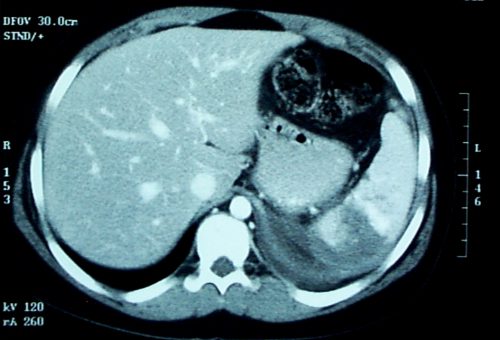The traditional gold standard for diagnosis of vascular injury to the extremities has been a good physical exam plus conventional catheter angiography. However, using angiography always adds a layer of complexity and risk to patient care. The interventional team may not be immediately available after hours, there is typically a road trip within the hospital to deliver the patient for the study, and overall it is quite expensive.
With the advancements we have seen in CT angio techniques and scanner technology, some centers have been using computed tomography to evaluate for vascular injury. A few small retrospective studies have been done, but this month a larger prospective study was published.
Over a 20 month period, 635 patients with extremity trauma and a suspicion for vascular injury were entered into the study. A structured physical exam was performed, and any patient with “hard signs” of vascular injury were taken to the OR. 527 patients had no signs of vascular injury and were observed and released. The remaining 73 (most had soft signs of vascular injury) underwent CT angiography of the extremity.
The sensitivity and specificity of this test were 82% and 92%, respectively. Positive and negative results were nearly perfectly predictive. However, approximately 10% were inconclusive, usually due to bullet artifact or reformatting errors. These patients either underwent confirmatory conventional angiography or operation.
Bottom line: Angiography using multi-detector CT scanners is an excellent tool for evaluating potential extremity vascular trauma from penetrating trauma. The technology is available around the clock without a wait, and usually does not involve lengthy trips through the hospital. A good physical exam is imperative so patients with hard signs of injury can go straight to the OR. Equivocal studies must be evaluated further by conventional angio or an operation.
Reference: Prospective multidetector computed tomography for extremity vascular trauma. J Trauma 70:808-815, 2011.

